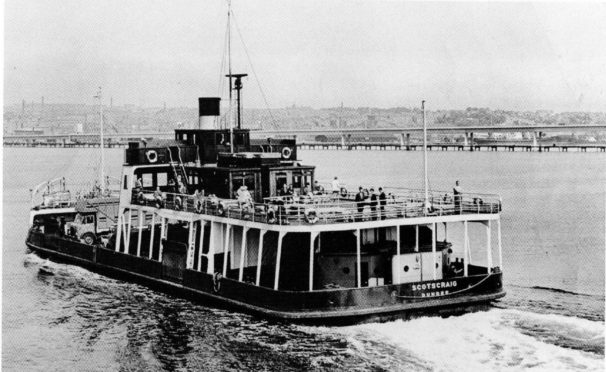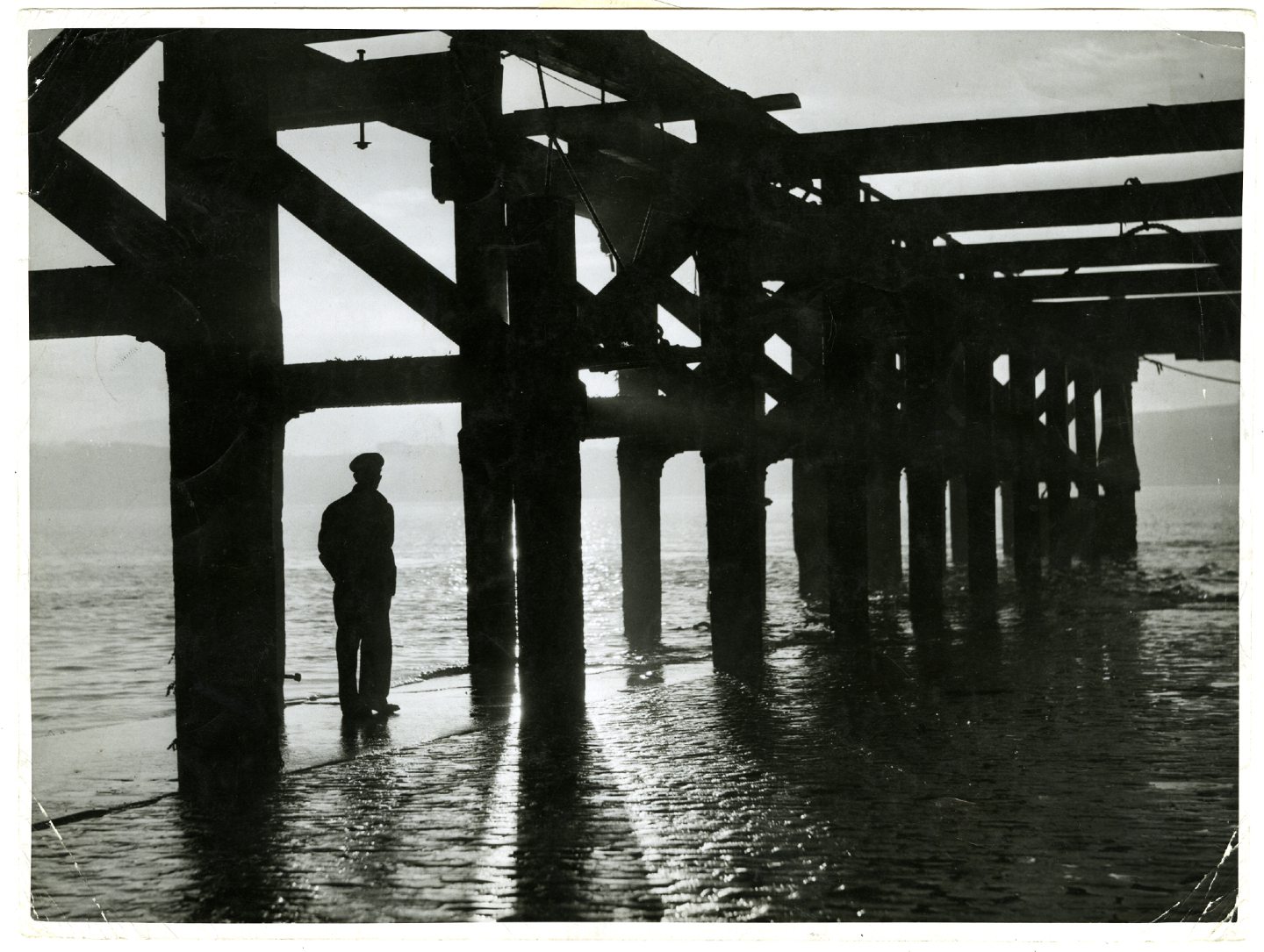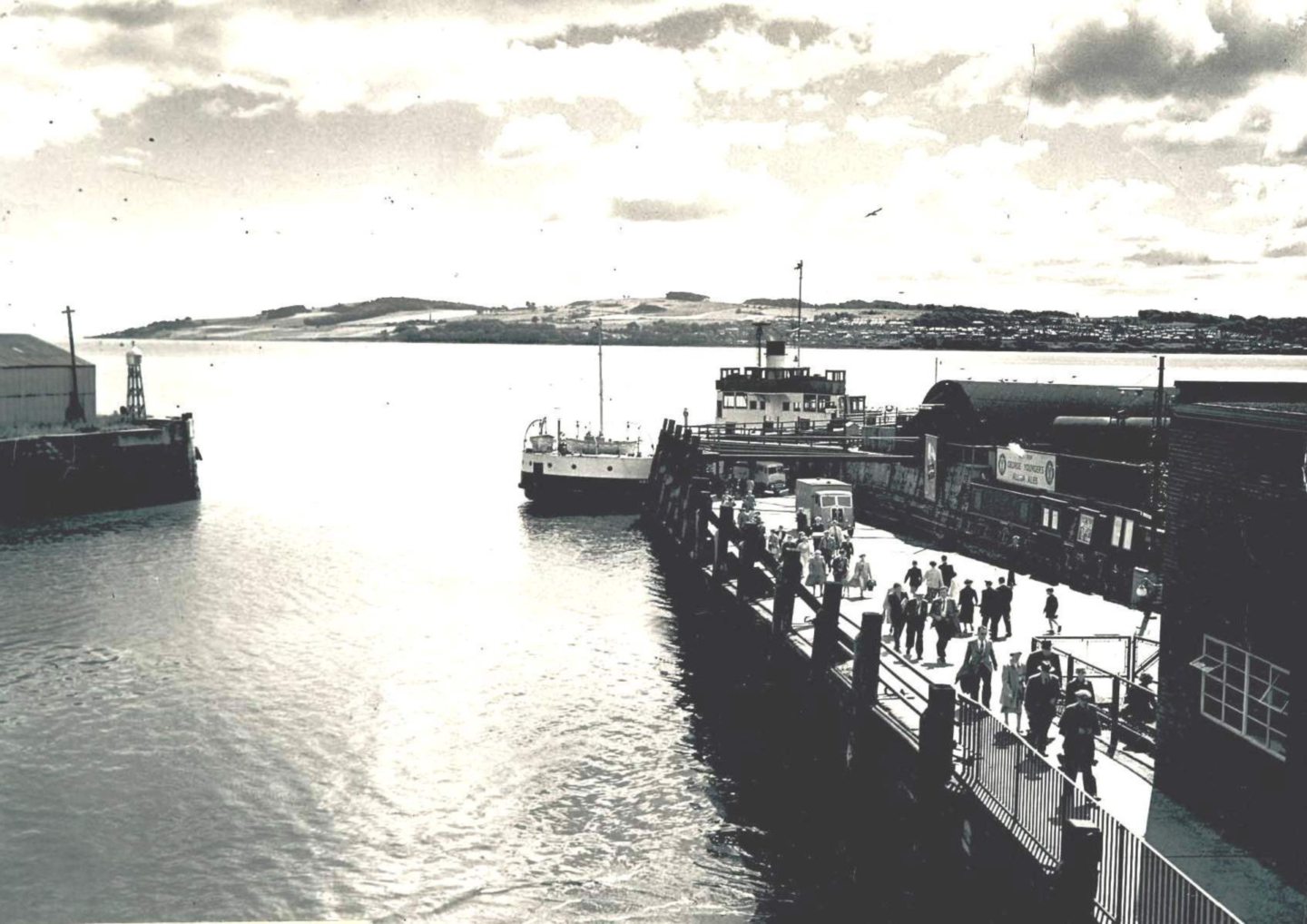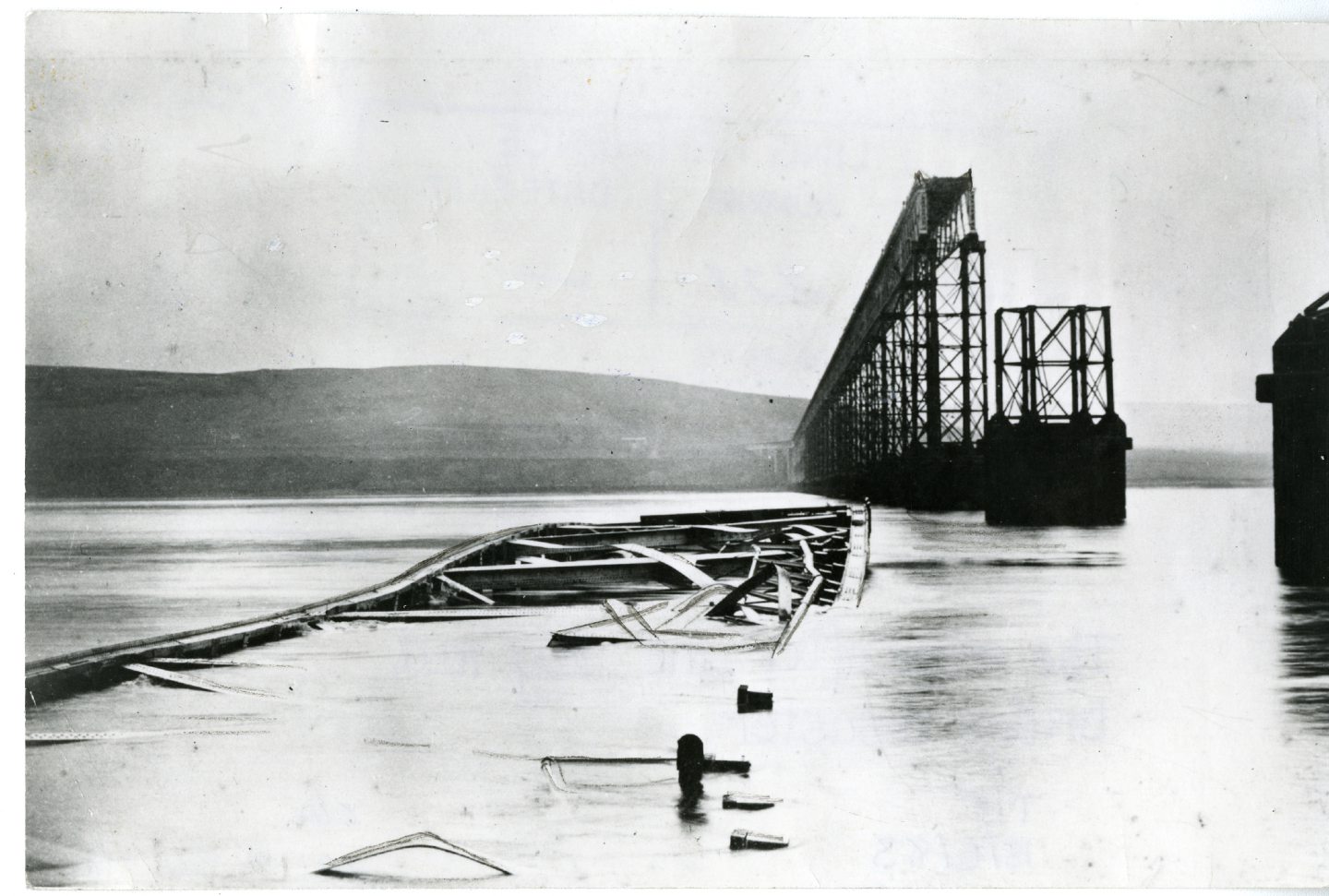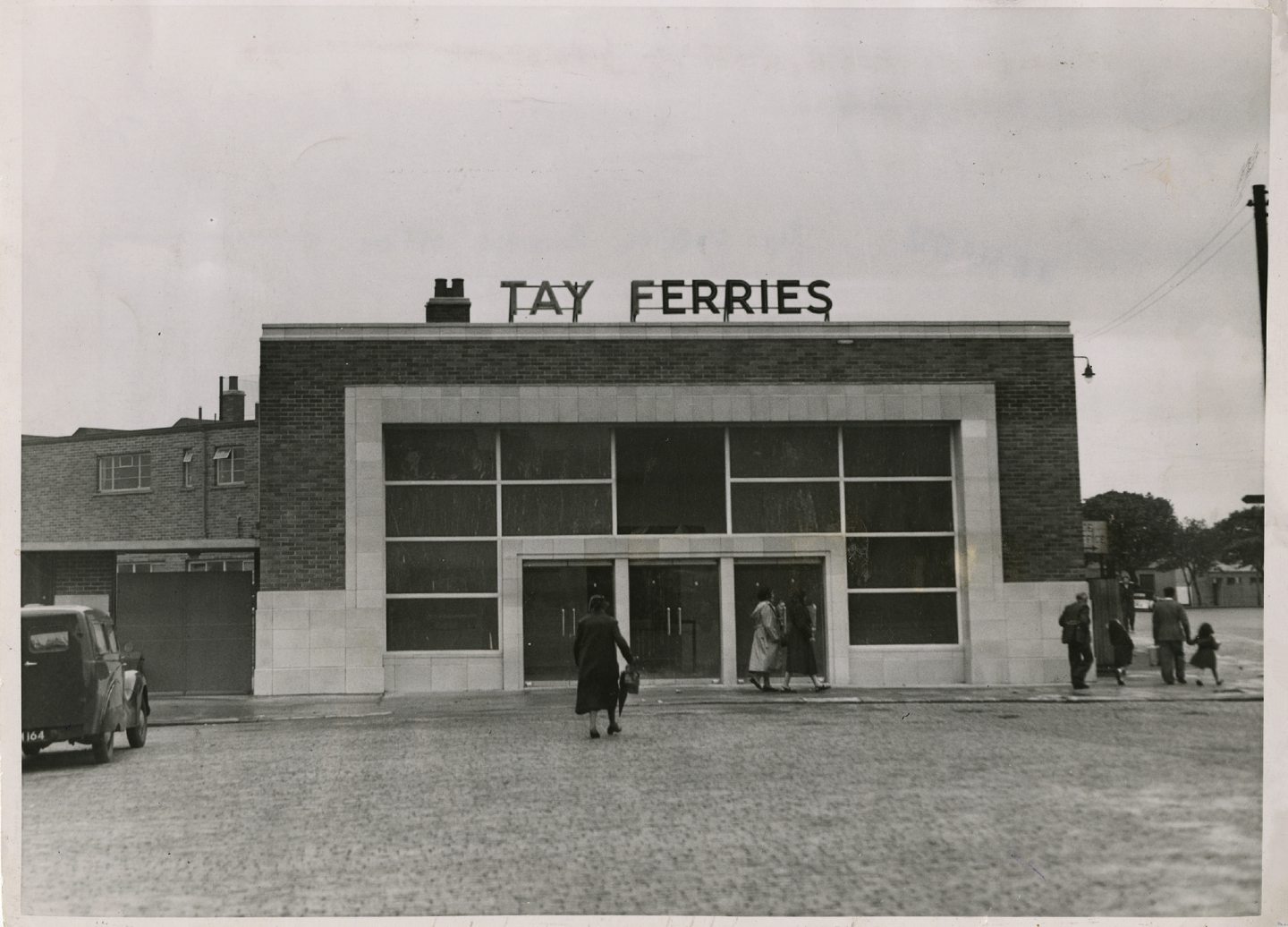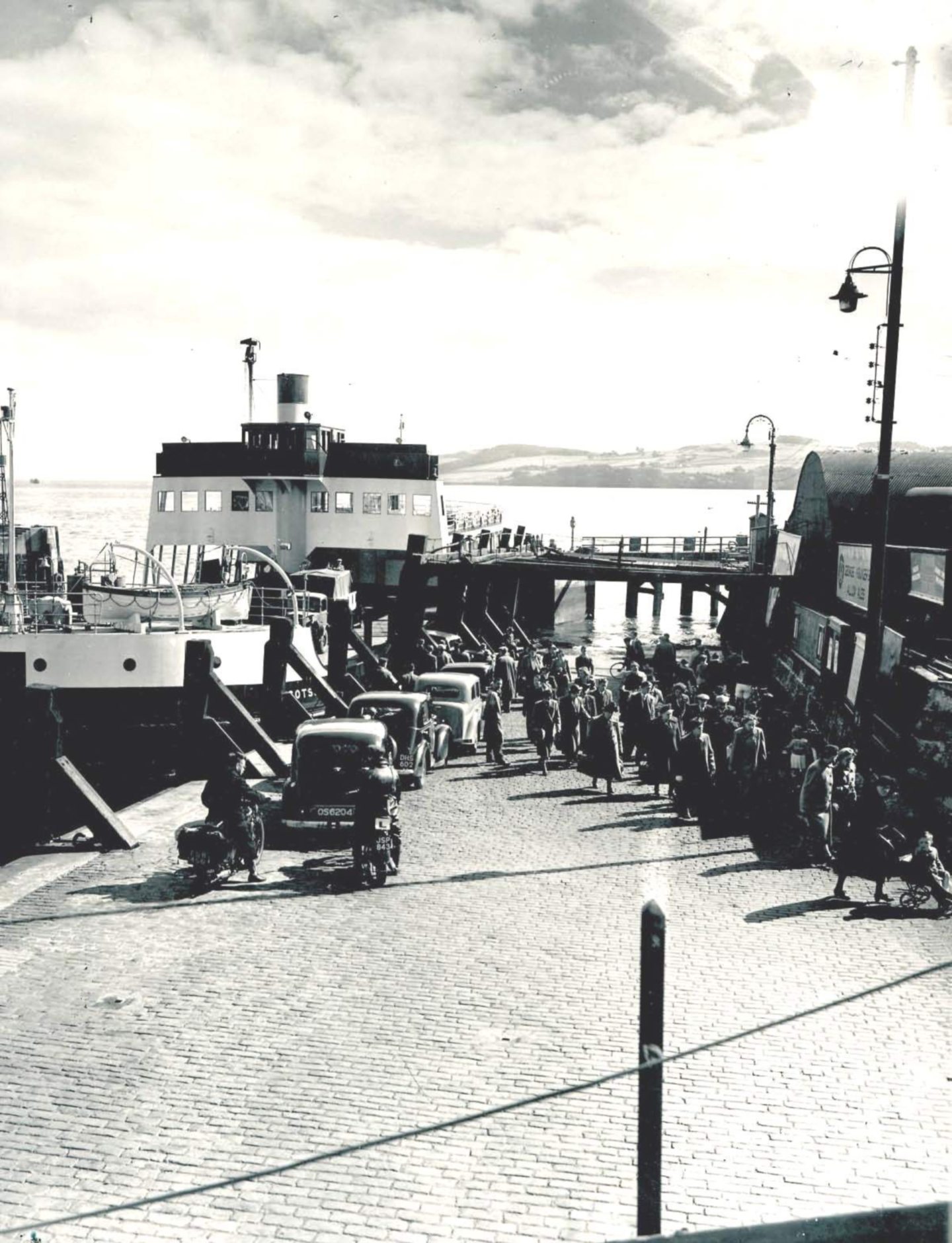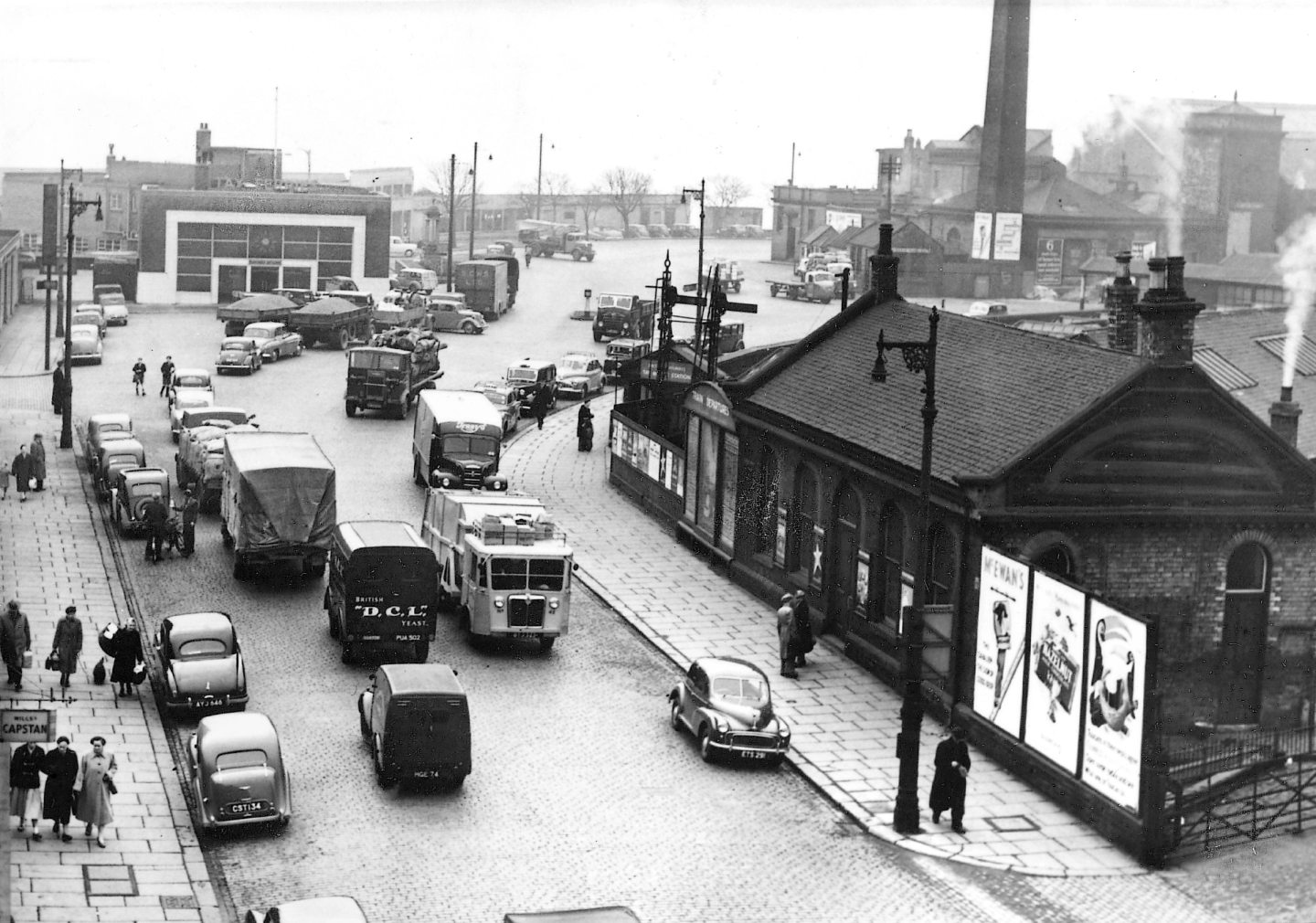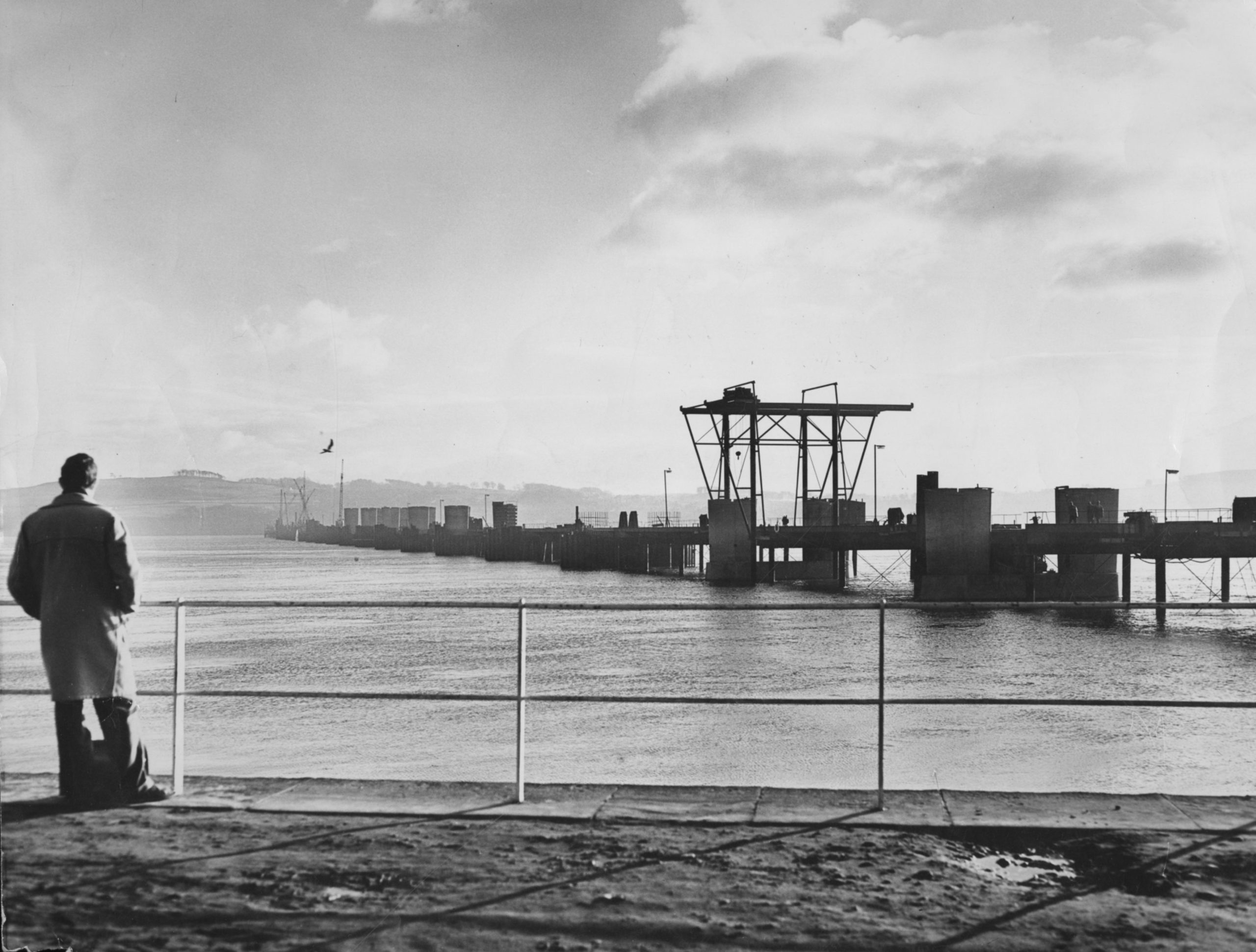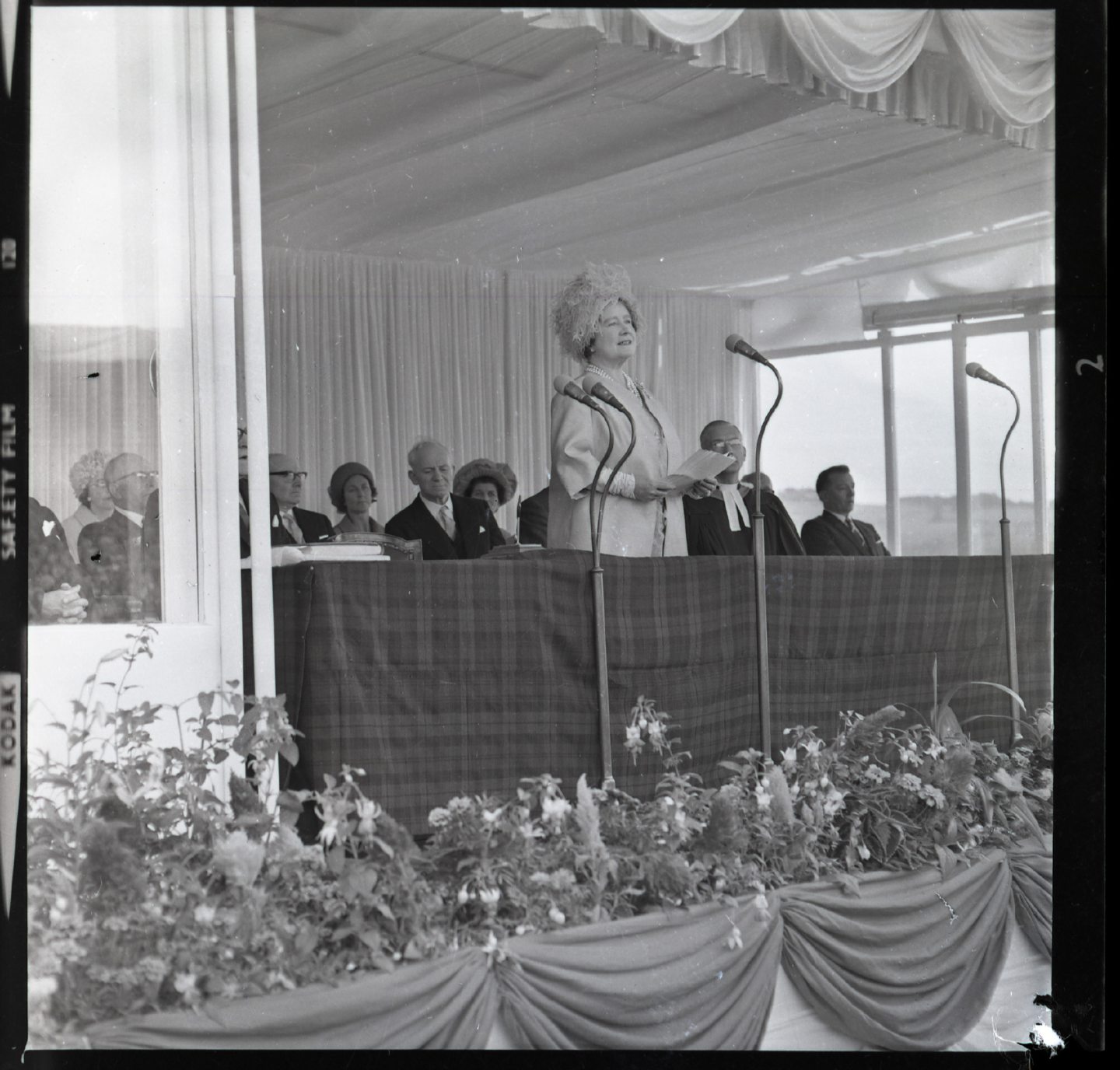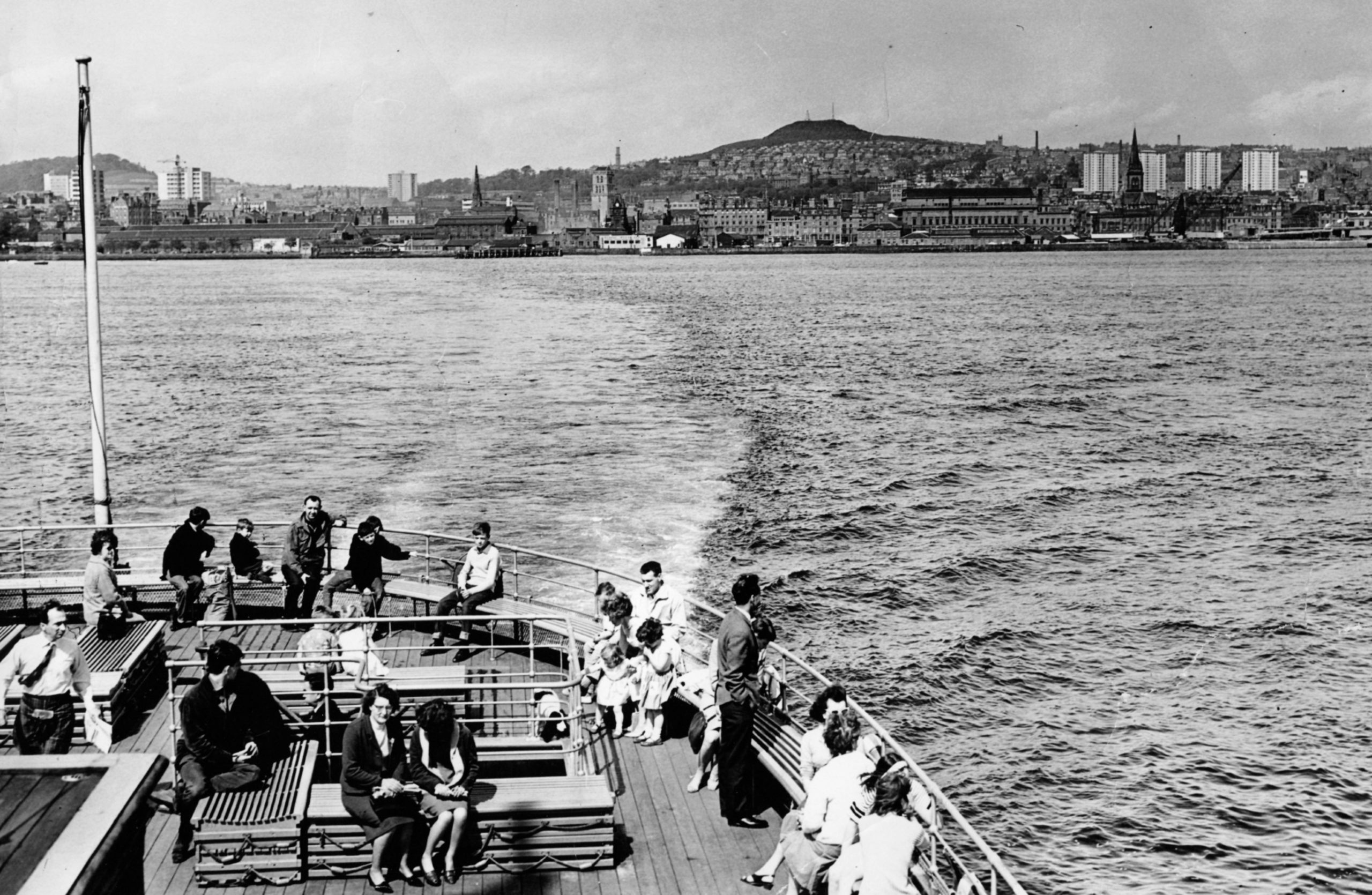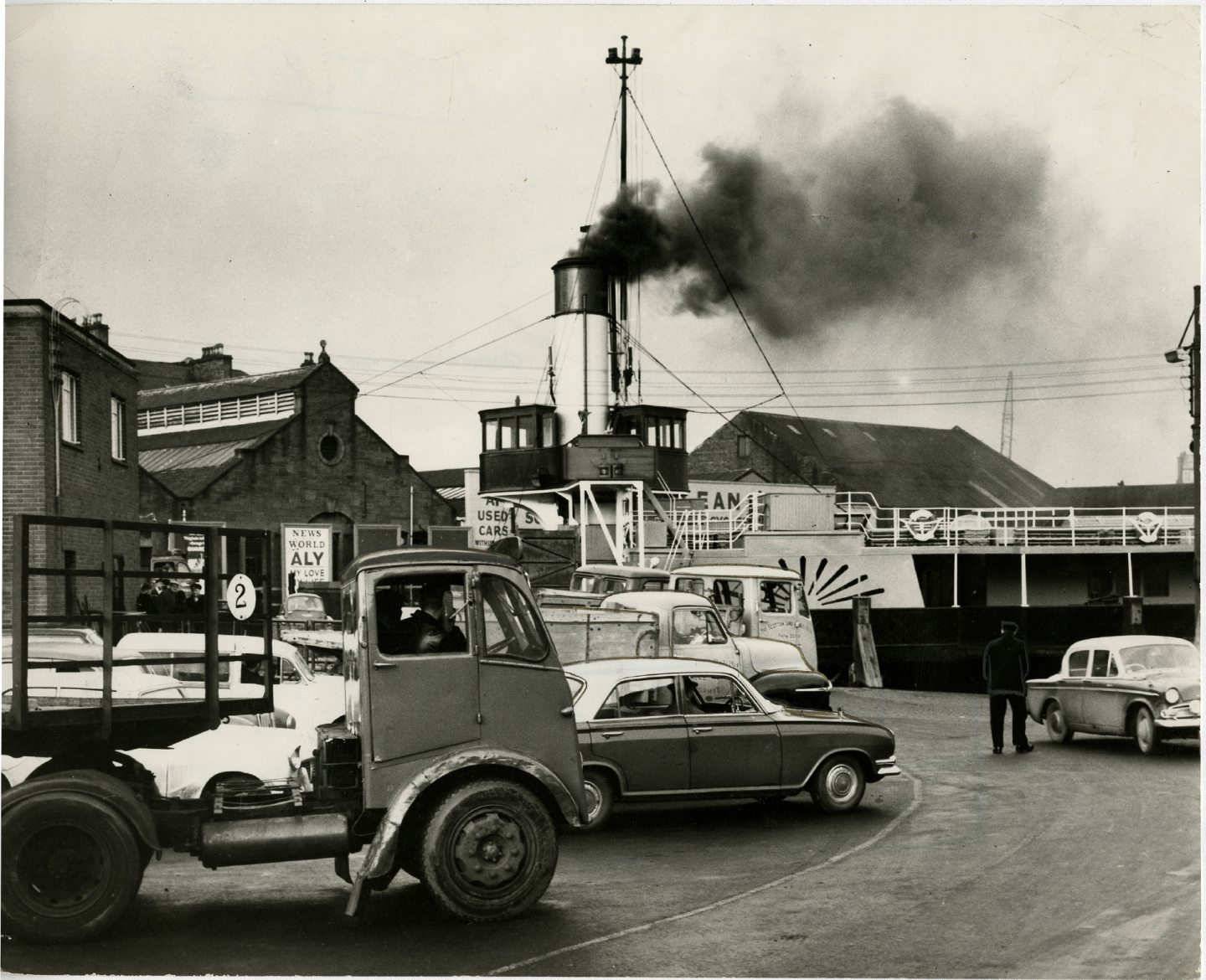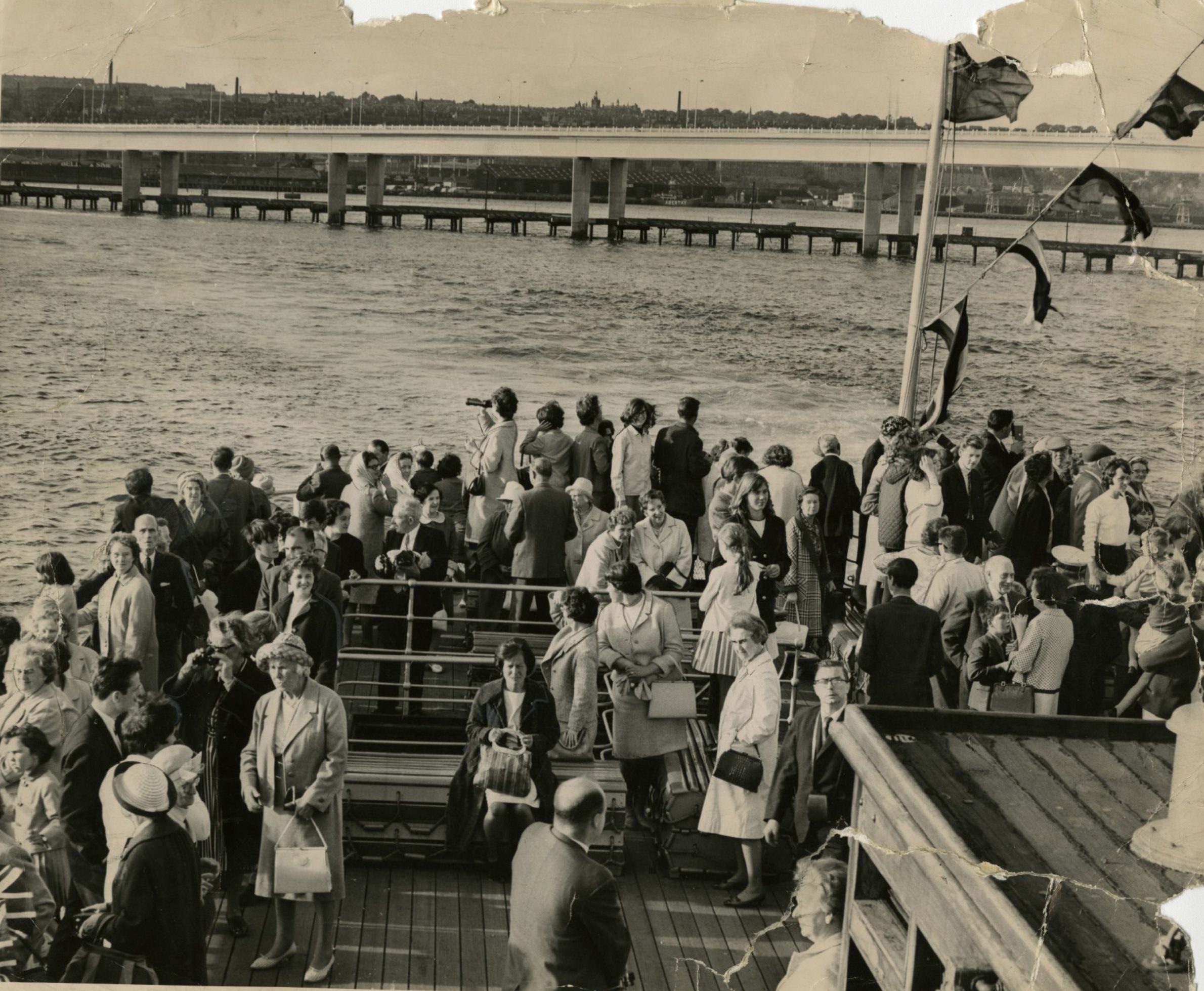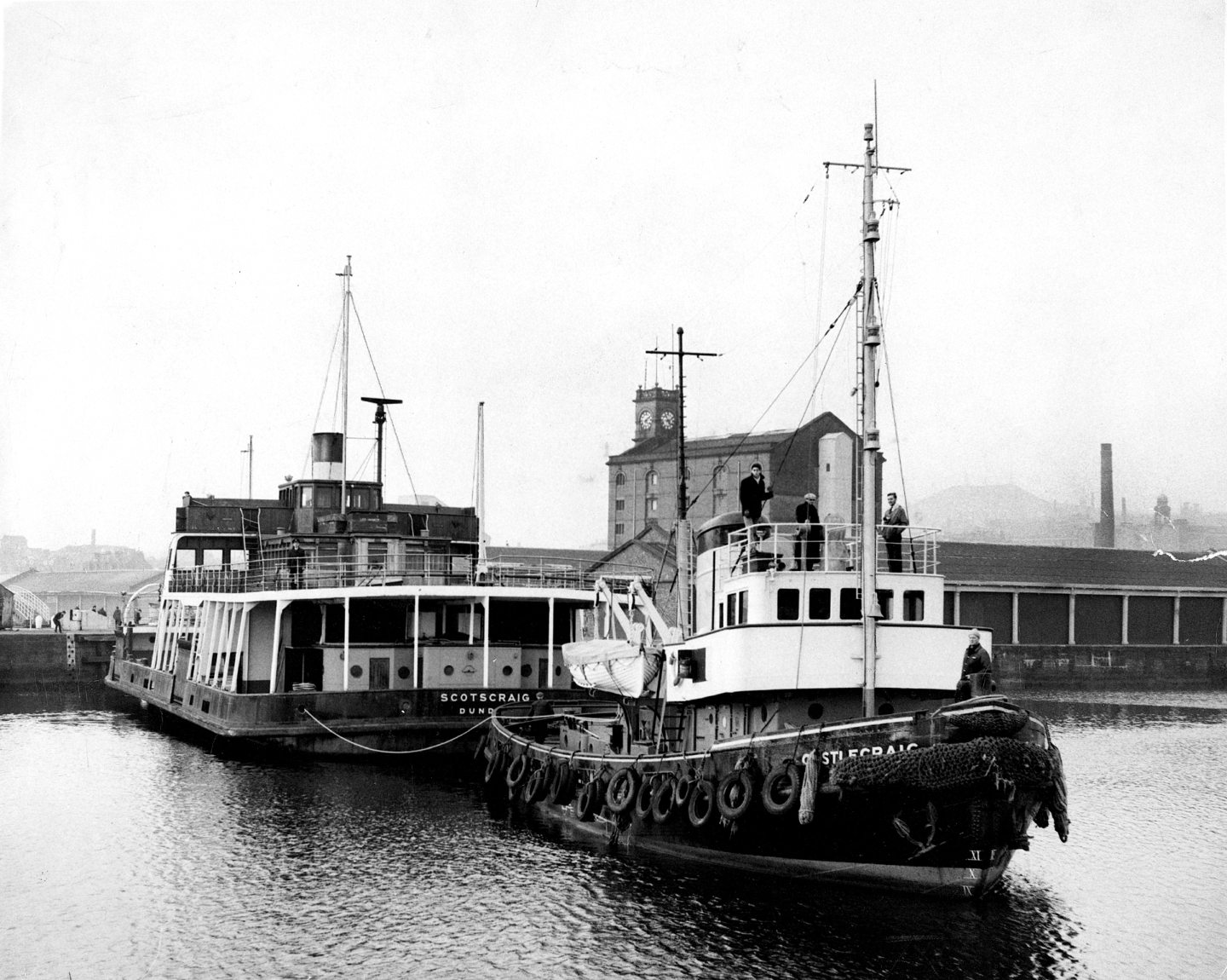Almost 55 years ago the death knell rang on the Tay Ferries, or The Fifies as they were more affectionately known, which transported Dundonians across the Tay for 145 years.
Locals used the ferry boats as one of the main modes of transport to escape to the countryside of Fife with crossings scheduled up to 11 times a day. Before the regular trips were introduced in 1821 the only way of crossing was to, hopefully, negotiate a fair price with one of the many boats at the harbour who offered unregulated passenger-only services.
On August 18 1966 the Scotscraig ferry made its final crossing as the Tay Road Bridge was officially opened, leaving no more demand for the service.
The early days of Tay Ferries
Before the introduction of regulated, and scheduled, crossings many crossed the Tay in the early 1800s aboard sailing boats which were as unsafe as they were unpredictable.
With no set sailing times and boats waiting until they were full before departure passengers faced lengthy delays before even beginning their journey which was often treacherous and often set off with drunken sailors at the helm.
In 1815 the journey even ended in disaster after an accident on the river caused the deaths of 18 people.
Following the deaths it was agreed the ferries needed to be regulated and an Act of Parliament authorised new piers on either side of the Tay as well as the procurement of safer boats. The Tay Ferry Trustees took over the running of the ferries in 1819 when crews began to be skilfully selected, sailing times were set, and for the first time tickets were issued. The improved conditions saw a rapid increase in demand.
The introduction of steamships
Following steady improvements to the crossing, one of the biggest changes would come in 1821 when steamboat Union was brought in to service. To begin with the double-hulled, steamship sailed alternately to the Woodhaven and Newport but after confusion arose amongst passengers the Woodhaven service was discontinued in 1822.
In 1823 the George IV was added to the service, whilst the ship itself was very similar to the Union, George IV was the first steamboat to be manufactured with a reversible engine.
The Tayfield was next before The Princess Royal, the first iron ship on the crossing, was introduced in 1840.
It wouldn’t be until 1858 that the ferries would be given their nickname, the Fifies, when the Fifeshire was added to the crossing. The Fifeshire was a much bigger ship than her predecessors and due to this the piers had to be altered to accommodate her size.
Despite being involved in a number of bumps and accidents during her first few years in service the Fifeshire went on to serve on the crossing for 71 years, becoming known for her reliability.
The Fifies and the Rail Bridge Disaster
In June 1878 there was a new way for locals to get across the Tay.
After seven years of construction Thomas Bouch’s Tay Rail Bridge was open and it was the longest bridge in the world.
The bridge was hailed as “the technological wonder of the age”, and it was given royal approval the following summer when Queen Victoria crossed the bridge in the royal train on her journey south from Balmoral.
The ferries kept crossing though meaning passengers had options on how they would travel for a quiet day in the countryside for the first time. It was one of those ferries that became the first on scene when tragedy struck on the evening of December 28 1879.
A storm battered most of Scotland including Tayside on that fateful night however the 5.20 train from Burntisland battled against the elements. At St Fort station, the last before the bridge, tickets were collected from the passengers, and then at 7.10 pm it was seen as it made its way on to the bridge.
When the clouds cleared it was clear to see the centre section of the bridge, known as the High Girders, had collapsed and there was no sign of the train or its 59 passengers and crew.
News of the disaster spread quickly however the conditions were too rough for any help to reach the site of the crash. It wouldn’t be until hours later that the Fifie named Dundee would be the first boat to attend the scene.
The Dundee not only worked as a passenger ship for the crossing but also did pleasure cruises up and down the river.
She continued her work on the River Tay until 1917 when she was moved south to be used at the Queensferry Crossing for a further 32 years.
The Caledon built ferries
The Newport was the first ferry to be built at the Caledon ship yard for the crossing in 1909. It would be the first of four passenger boats to be constructed for the Tay Ferries at the yard and it would cement the relationship between the Dundee Harbour Trust and the Caledon Company.
The William High was next, being added to the fleet in 1924. She was named after the then Provost of Dundee and when he was later knighted in 1929 the ship also got an upgrade in title being renamed the Sir William High to compliment her namesake. After leaving the Tay the Sir William High was sold to a Nigerian company in 1953. She steamed four hundred miles up the Niger River, was renamed Ojukwo and ended her days as a ferry on the river.
In 1929 Sir William High’s sister boat, the B.L Nairn came in to service and after the introduction of the Abercraig in 1939 and the Scotscraig in 1951 the Nairn, named after the chairman of the Dundee Harbour Trust, became a relief boat for the crossing.
Despite not being used full time the Abercraig, featuring a diesel engine and much larger space to fit more cars on board, and the Scotscraig, which was also built at the Caledon yard, were both fitted with German Voith-Schneider propellers which would allow greater manoeuvrability.
However that manoeuvrability came at a cost as the propellers became known for their incredible unreliability so the B.L Nairn was often called in to service.
Awaiting the death knell
With traffic crossing the river increasing, especially heavy lorries the Trust faced a number of issues not only due to the size and design of the ships but also the suitability of the piers and approaches.
Edgar Brown, chairman of the Caledon Company, said in 1951 that the ideal method of crossing the Tay would be a road bridge which had been suggested just before the First World War with plans even being drawn up using the base of the first rail bridge which ultimately fell through.
Despite Brown’s comments he said the circumstances were such that a road bridge could only be a distant project and the Fifies “still had a long future”.
In August 1955 the Tay Road Bridge Joint Committee was formed William Fairhurst was chosen as project engineer, and by 1960 his plans had been accepted.
By 1963 construction was underway and despite heavy upheaval on land the Fifies were already affected by the road bridge.
Crossings had to be halted at low tide as the bridge prevented the ships slipping down river far enough to avoid the sand-banks and on one occasion the Abercraig suffered engine failure and was driven by wind against the temporary bridge in place. Some damage was suffered by both the boat and bridge, and passengers had to be led to safety along the temporary bridge in gale force winds.
By the summer of 1966, the bridge was completed and so the last three remaining ferries, the B.L Nairn, Abercraig and Scotscraig undertook their final voyages.
The last Tay Ferry journey
The Fifies were still in daily use up until the road bridge took over with the ferries leaving Dundee and Newport on the hour and half past the hour and the crossing itself taking approximately 20 minutes.
The final sailing between Newport and Dundee took place on August 18 1966 at 6.30pm. Earlier that same day the new Tay Road Bridge had been opened by Queen Elizabeth the Queen Mother.
Crowds of locals from both Fife and Dundee would line the banks of the Tay to watch the final crossing and as the Scotscraig left Newport for the last time it was packed with around 200 passengers who had each paid five shillings for their ticket on the historic journey.
The flag-decorated Scotscraig, escorted by the lifeboat Robert, went on to pick up even more passengers at the Craig Pier and at 6.30pm, the ferry pulled out into the river with the RNVR Band aboard playing ‘Bonnie Dundee’.
Passengers sang ‘The Old Hundredth’ and the Rev Dr H M Bartlett read the lesson and jets and a helicopter from Leuchars flew overhead.
The final Scotscraig captain was Sandy Mann and the mate Bert Fallows who joined passengers as they sung ‘Auld Lang Syne’ on the final return to Dundee where there was even celebratory dancing on deck.
The ferry boats returned to Victoria Dock shortly after the bridge opened to await their fate. The B.L Nairn was scrapped with the Abercraig and Scotscraig being towed to Portsmouth by a German tug in 1968 before being moved to Malta where side-loaders were more suitable for some of the island-to-island routes.
Dundee historian Norman Watson said: “Although long gone, the Tay Ferries were one of the first railway-ferry services in the world.
“They deserve their place in Dundee’s wonderful maritime history.”
